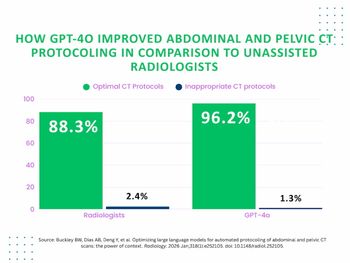
CTI takes over cyclotron marketing
Siemens Medical Systems has ceded responsibility for global cyclotronsales and marketing to its PET partner, Computer Technology Imaging(CTI) of Knoxville, TN. The move enables Siemens to focus on marketingits PET products, according to Thomas Cafarella,
Siemens Medical Systems has ceded responsibility for global cyclotronsales and marketing to its PET partner, Computer Technology Imaging(CTI) of Knoxville, TN. The move enables Siemens to focus on marketingits PET products, according to Thomas Cafarella, group vice presidentof Siemens' nuclear medicine unit in Hoffman Estates, IL.
Siemens acquired marketing rights to CTI's PET scanner and RadioisotopeDelivery System (RDS) cyclotron through an investment and marketingagreement in 1987 (SCAN 11/25/87). Siemens will continue to handlesales and support of the ECAT PET line and will arrange for CTIsupport of cyclotron service contracts currently in place.
Newsletter
Stay at the forefront of radiology with the Diagnostic Imaging newsletter, delivering the latest news, clinical insights, and imaging advancements for today’s radiologists.




























